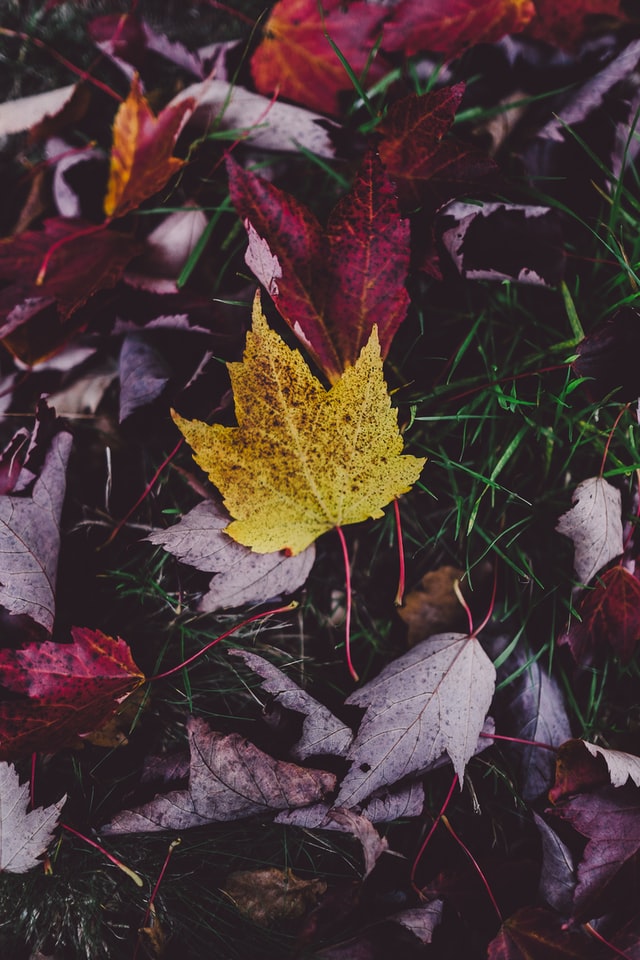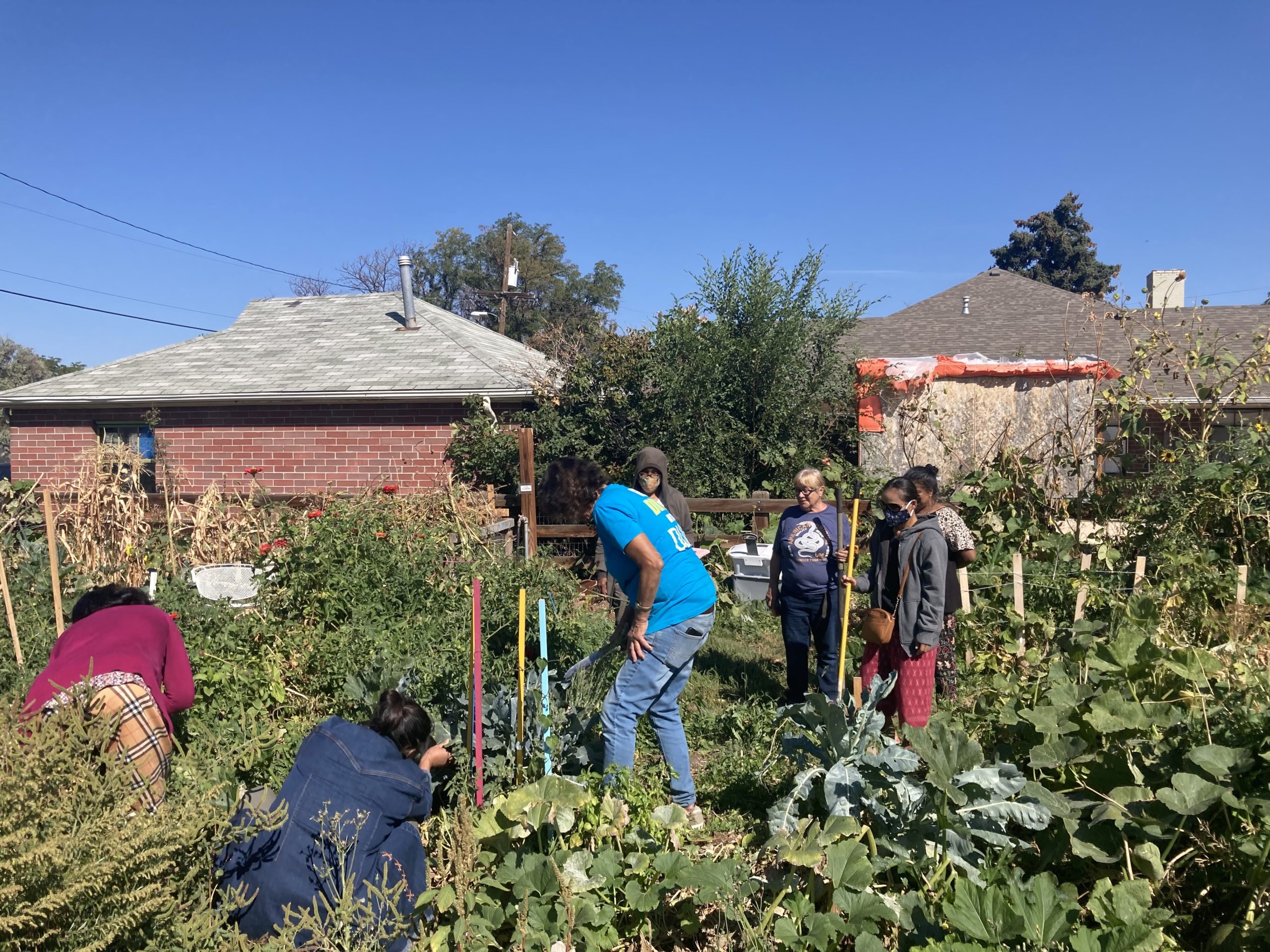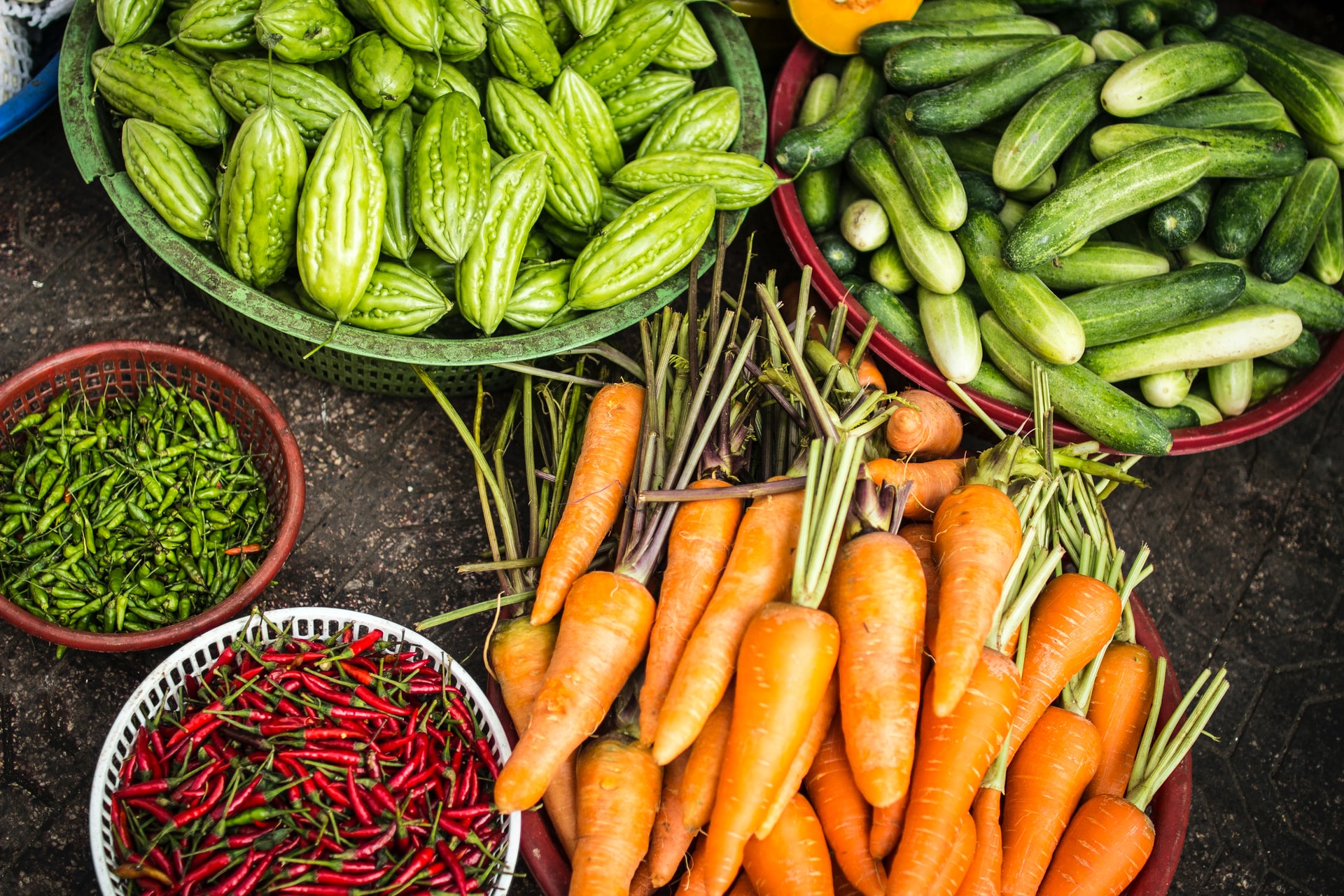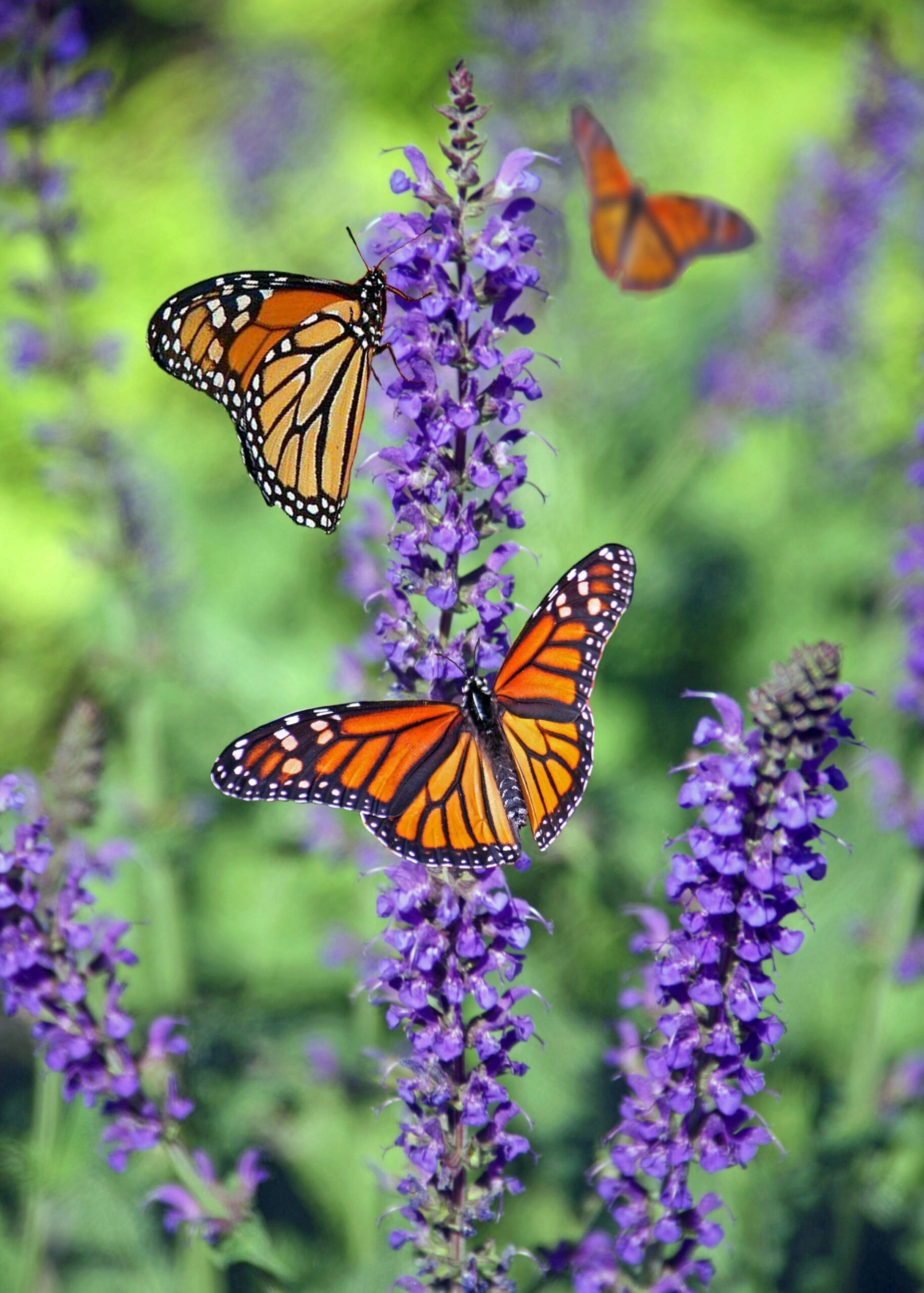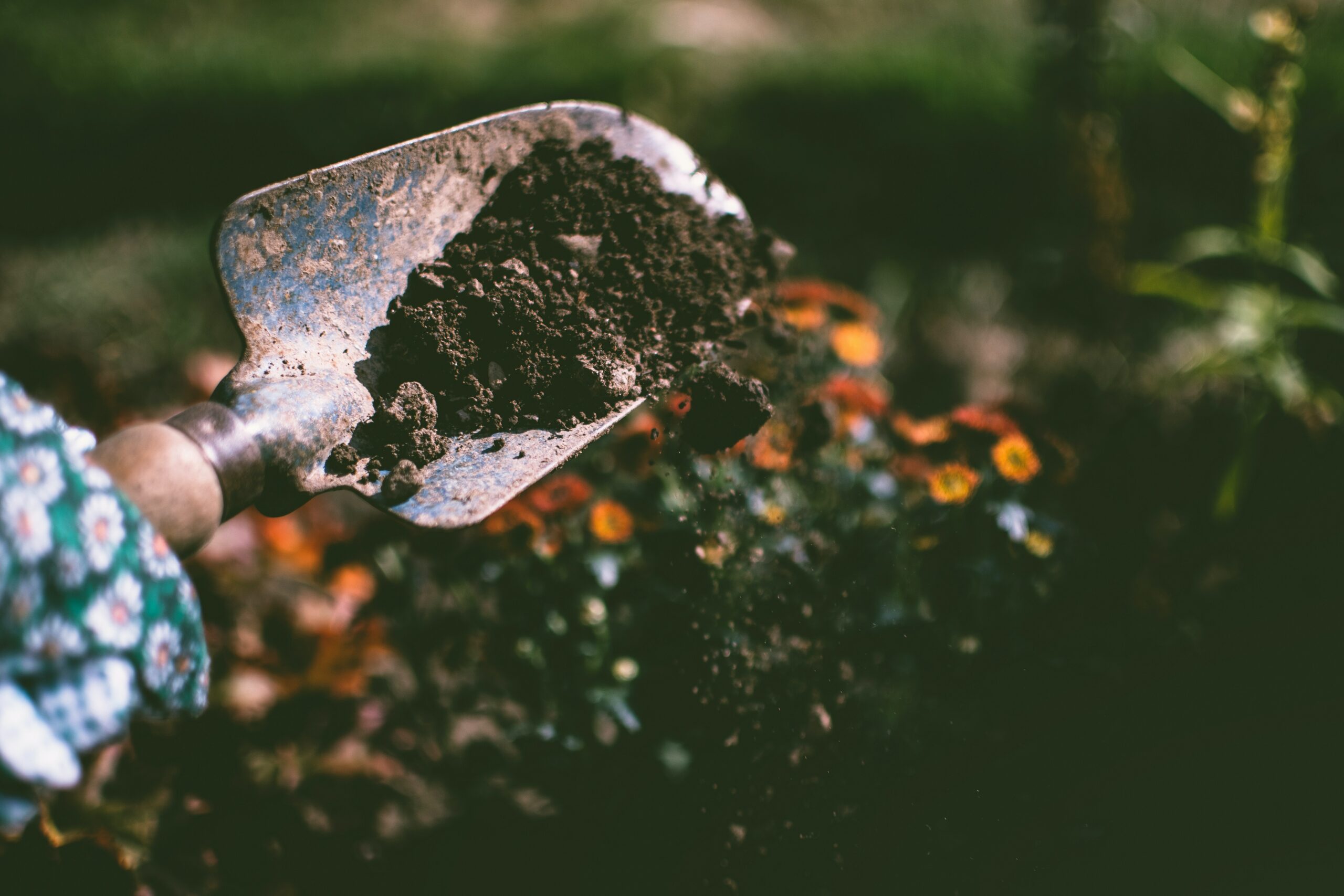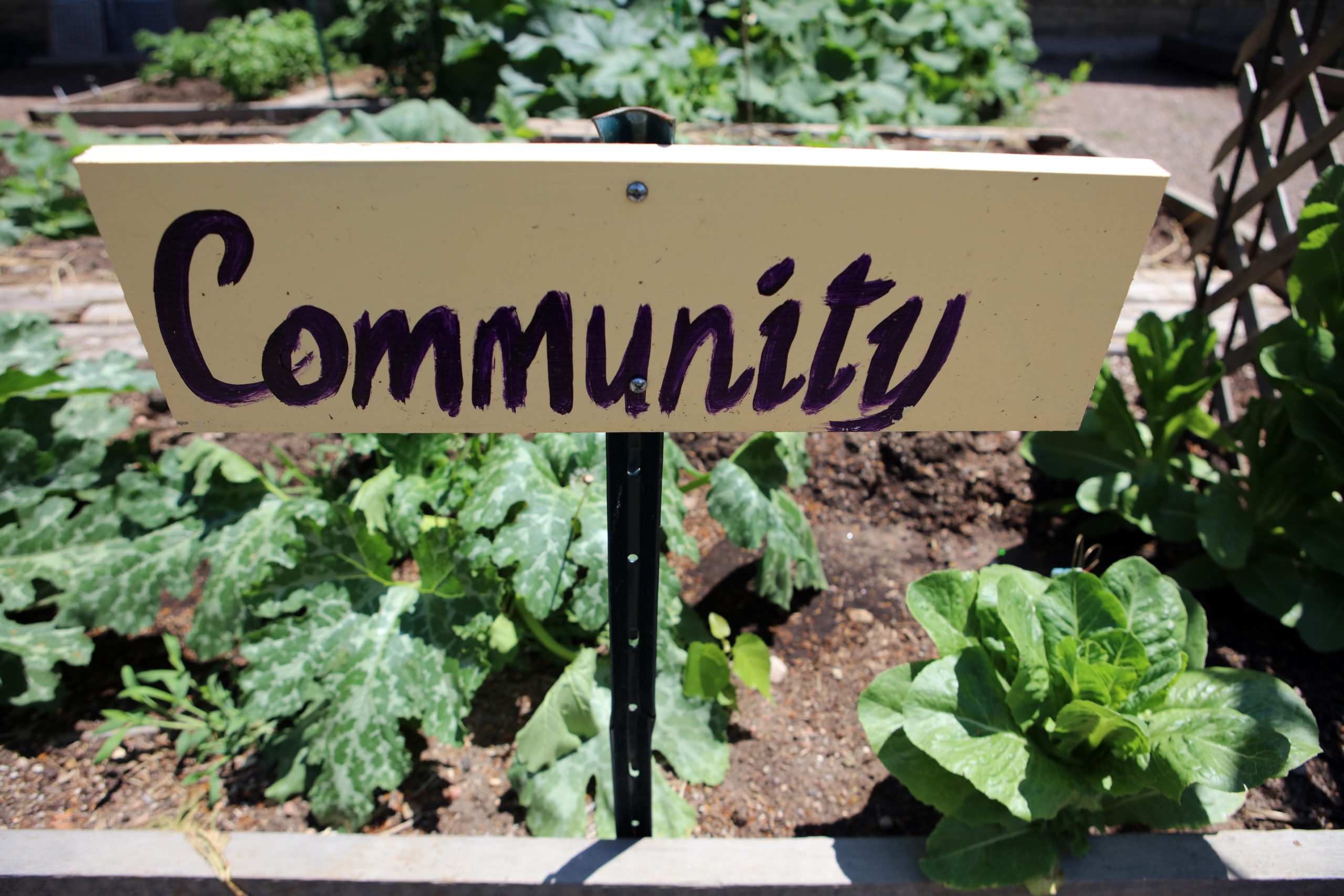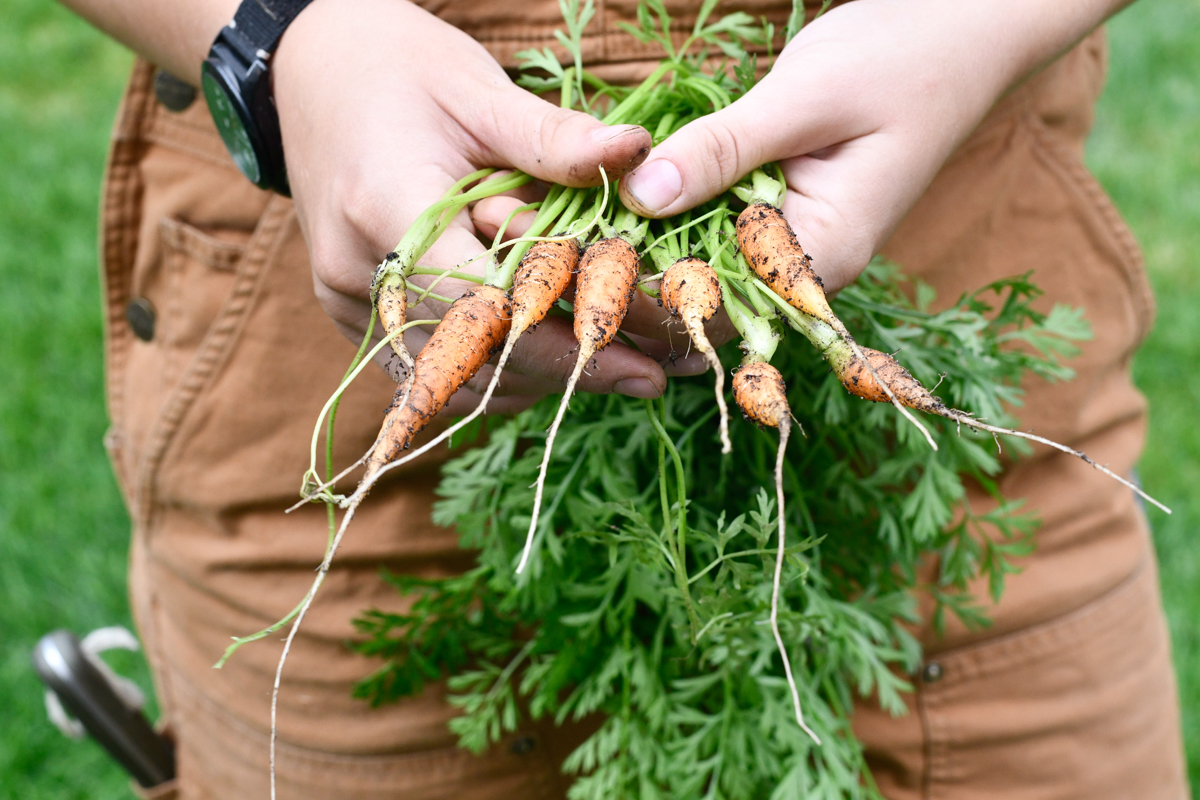
I’ve made every gardening mistake in the books so you don’t have to!
By Jennifer “Fern” Deininger, Farmer & Gardener
If you’d asked me a couple of years ago about doing online garden coaching to help people gain the knowledge and skills needed to grow their own food with ease, I probably would have expressed my doubts and graciously passed on the opportunity. But now I’m a true believer. One-on-one and group Zoom coaching with Boundless Landscapes has allowed me to support more people and at a lower cost to them than I ever could have if I was traveling from garden to garden to offer guidance. And, it turns out to be quite effective! A recent coaching client said, “Thank you for arranging our time with Fern. It was really very helpful, not only for trying to figure out what to do with our spaces but for additional practical information as well. We left the session feeling less hopeless and helpless.” Yes! That’s what I’m talking about.
Some call me Farmer Fern—I’ve been growing food my whole life, and have a passion for helping others get comfortable gardening. Currently, one of the ways I do that is as a coach and educator at Boundless Landscapes. So many of us have been taught that the best way we can lower our carbon footprint is to do as little damage to our ecosystem as possible, but I would wager that we have that slightly wrong.
My goal is to empower people (whether they’re first-time gardeners or seasoned pros) to be as active as possible and to do as much good as they can in our ecosystem. For many of us (kiddos too!) that means getting our hands dirty, forming relationships with our surrounding environment, and sharing the bounty with our neighbors.
I was farming professionally with Boundless Landscapes when the coronavirus pandemic hit. Amidst all of the fear, grief, and turmoil, so many members of our community turned to the land for comfort. More people picked up gardening for the first time than I had ever seen in my lifetime. Seed stores were sold out, and nurseries were back-ordered for potting soils, mulches, and fertilizer. For the first time, many people were home enough to feel that they had the time to garden, and for others, there was a desire to grow their own food to help limit trips out to the grocery and protect against supply chain disruptions.
That’s where the one-on-one coaching comes in! This offering emerged out of the hunger for gardening-related information in the midst of the pandemic. Boundless Landscapes sprang into action to offer 30-minute, 45-minute, and hour-long sessions via video calls to discuss any and all things related to gardening.We help provide regionally-specific advice for new and experienced gardeners based on their specific microclimates, the time of year, and household budgets.
I’ve been able to help folks plan their veggie garden, learn about cover crops, figure out how to harvest arugula and trellis tomatoes, and decide on how to fertilize.
There is a lot of lawn in this county, arguably a bit too much (Did you know lawn is the largest irrigated “crop” in the US and covers 40 million acres of land?), and at Boundless Landscapes we’ve been chipping away at it as best as we can! If I could personally go out and help turn every lawn into a garden or perennial habitat I would, but there just aren’t enough hours in the day.
Our goal is to help empower homeowners, neighborhoods, business owners, churches, schools, and whole blocks to go for it and garden.
While growing food is not rocket science, it requires collaborating with nature and that is a messy (and beautiful) process inevitably full of challenges and learning opportunities. In our coaching sessions, I always invite curiosity about the things that “worked”, but especially about those that didn’t! I’ve had many gardening role models in my life who have kindly shared all sorts of wisdom with me—but probably the best thing I’ve learned from all of these folks is that it’s okay to make mistakes when gardening, as long as you learn from them, gather support when you need it, and share what you’ve learned with others!
Turning your lawn into a garden may seem daunting but I’m here to help folks jump in and give it a try because the need is immense, the momentum is here, and our neighborhoods and communities will be so much better for it!




